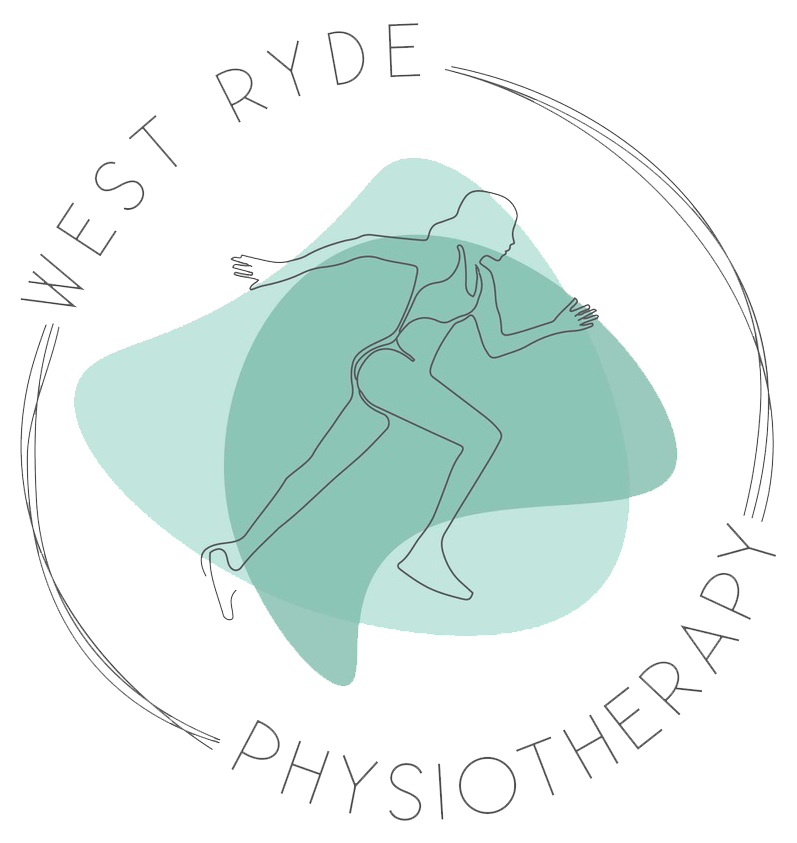From Birth2Strength
Strengthening after baby
Learn how a specific strengthening program can help you reach your goals after having a baby.
The post natal stage is full of beautiful moments and sleepless nights, as well as pure exhaustion while breastfeeding and changing nappies continually.
As you are looking with amazement at your tiny baby, you may find it hard to believe that your body has changed so much.
During pregnancy, your abdominals have stretched and you might have had a tear to your pelvic floor during child birth, or you might be recovering from a C-section.
Many questions come to mind while recovering from birth. “Will my body return to normal? Will I be able to go back to running? Will my bladder hold when I do my HIIT class? When can I go back to Netball?"
The answer to these questions is: it depends.
The progression of your exercises will be dependent on how you are recovering from birth. If you have a weak pelvic floor, you will emphasise on strengthening the weakest link first. A diastasis recti, or abdominal separation, is very common after birth. Women who have a no pelvic floor weakness, or have a small separation of less than 2 fingers apart will be able to progress faster the intensity of your training.
First and foremost: Are you getting enough sleep?
Research suggest that if you have enough sleep, you are much less likely to be injury free. Easy to say when you have a newborn, but their sleep, and yours, will improve.
Start your baseline fitness with walking, and get your pelvic floor muscles assessed.
According to the newest guidelines on returning to running, it is recommended that women commence by walking regularly, more than 30 minutes each day to build the baseline fitness. It is recommended to get an assessment by a women’s health physio to evaluate if your pelvic floor is ready to take on the load of higher intensity exercise. From there, after 3 months, and when the pelvic floor is strong without any signs of leakage or prolapse, you can ramp things up.
Commence with interval walk/jog.
Just like the from couch to 5km, the idea is to increase your cardio-vascular intensity gradually.
Get your legs, your core and your hip muscles strong.
Can you get up from a chair on one leg? How many times? and how many calf raise can you do on one leg? These are very important to carry you forward, as you are pounding the pavement.
Your core, why are your muscles take time to come back to their original shape?
Having a diastasis recti, or an abdominal separation, can make your stomach muscles feel weaker. This is because when the two ‘six pack muscles’ are stretched during pregnancy, the connective tissue that links the front of the abdominal muscles can get stretched. By using an abdominal Belly band or SRC shorts, you can reduce the discomfort from having weak and long abdominal muscles. As you recover, your physio will guide you through specific exercises to help your muscle contract in a shortened position.
Expect your body to recover gradually, as your muscles, ligament s and connective tissue get used to your new body.
A specialised program for mums:
Especially for new mums, we have built a strengthening program which takes you through the progression you need to get your body ready for higher intensity exercise.
We named it BIRTH2STRENGTH, because we believe that every mum deserves to feel strong, and comfortable in their body after birth.
Sign up to your online post-natal program, you will feel the difference.

